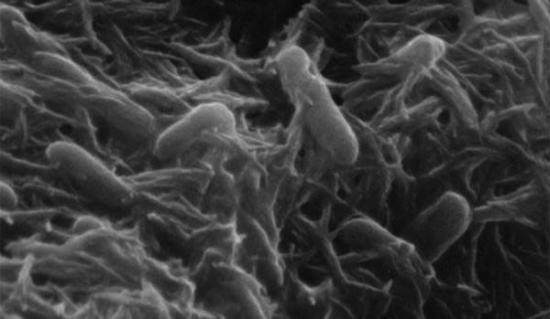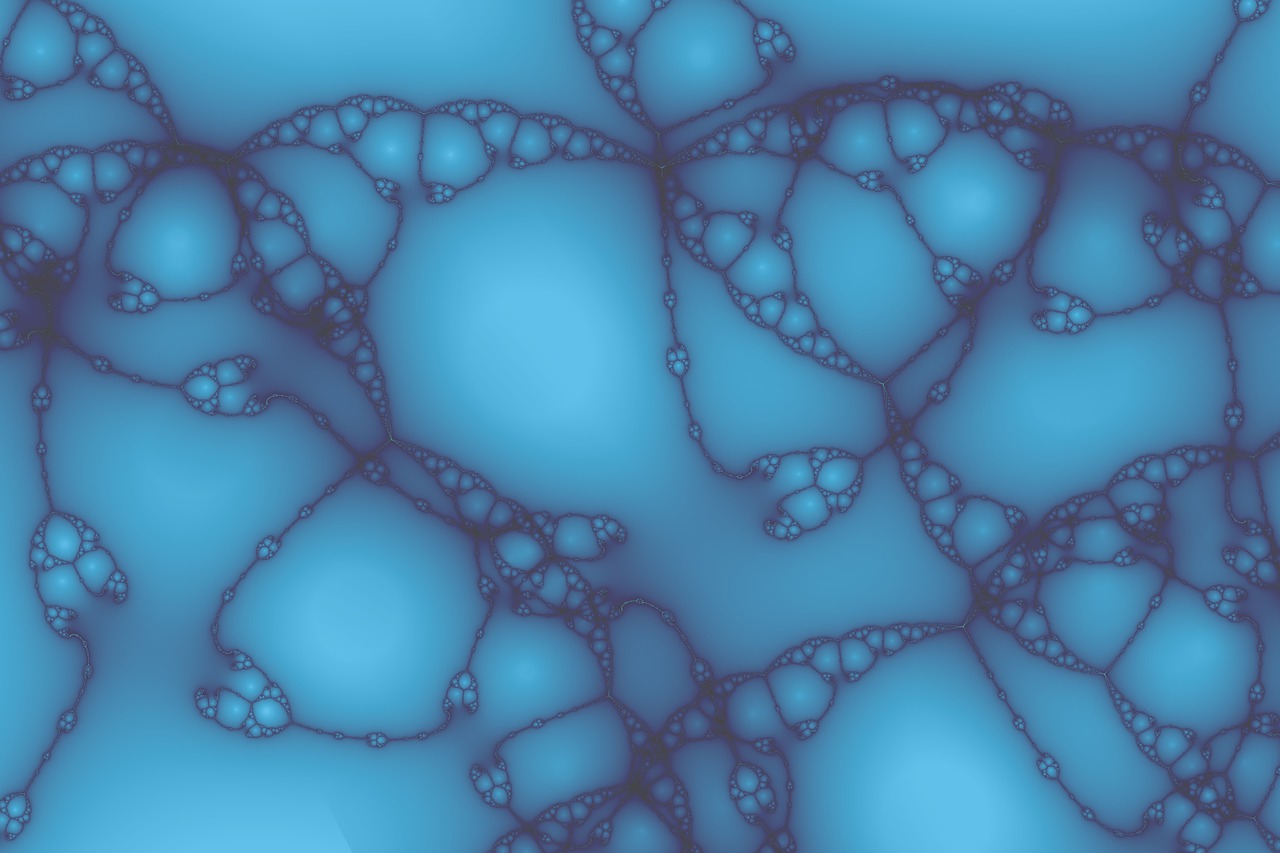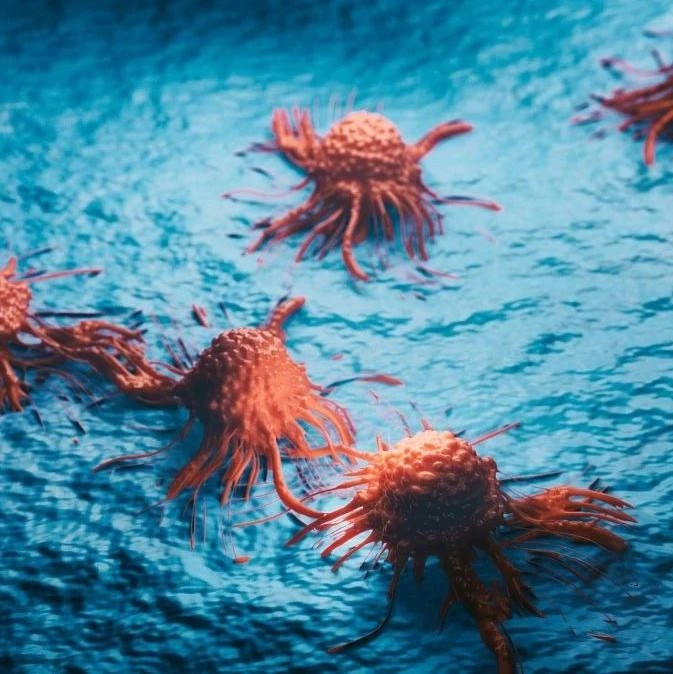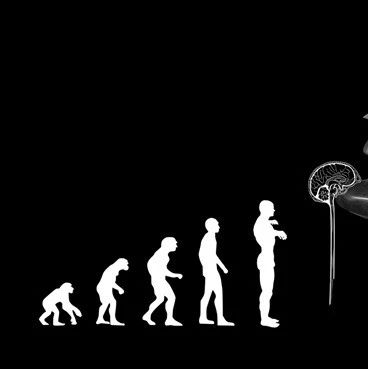摘要:科学家已发现微生物自然释出微量电荷的方式,人类今后也许能够更容易利用微生物来制造能源。
英国东英吉利亚大学和美国西北太平洋国家实验室的科研人员,对一种生存在无氧环境中的沙雷菌(Shewanella oneidensis)进行了研究,结果对这种细菌的精确结构和其原子般大小的导线有了更多了解。
发现可让研究员设计和改良电接点的电极,以接取微生物为避免电力累积而释出的电荷。
科研人员已将研究结果发表在《美国国家科学院院刊》。
该报告主要作者、东英吉利亚大学的克拉克说:“我们应该可以利用这一发现,从细菌身上获取更多电力……在这之前,我们有点儿像是在尝试制造一台收音机,却不知道应该放哪一种电池。我们掌握了电池的蓝图。”
克拉克指出:“一切有生命的物体都会发电,这不是科幻小说的情节。”他举例说,人类就是利用电能来维持心脏跳动和大脑思考。
他透露,沙雷菌会利用它们的导线来释放过多的电力,“如果它们出现电荷阻塞,一切就会停止”,而这包括进食和呼吸。
科研人员要利用这种细菌作为光源到手机充电器等物品的电源,可能还需要十年的时间。
由于这类细菌有微小的“导线”穿过其细胞壁,科研人员相信,人类今后或许也能利用它们来清理原油或铀污染。
生物探索推荐英文原文
— Using bacteria to generate energy is a significant step closer following a breakthrough discovery by scientists at the University of East Anglia (UEA).

Shewanella oneidensis
Published May 23 in theProceedings of the National Academy of Sciences (PNAS), the research demonstrates for the first time the exact molecular structure of the proteins which enable bacterial cells to transfer electrical charge.
The discovery means scientists can now start developing ways to 'tether' bacteria directly to electrodes -- creating efficient microbial fuel cells or 'bio-batteries'. The advance could also hasten the development of microbe-based agents that can clean up oil or uranium pollution, and fuel cells powered by human or animal waste.
"This is an exciting advance in our understanding of how some bacterial species move electrons from the inside to the outside of a cell," said Dr Tom Clarke of UEA's School of Biological Sciences.
"Identifying the precise molecular structure of the key proteins involved in this process is a crucial step towards tapping into microbes as a viable future source of electricity."
Funded by the Biotechnology and Biological Sciences Research Council (BBSRC) and the US Department of Energy, the project is led by Dr Clarke, Prof David Richardson and Prof Julea Butt of UEA, in collaboration with colleagues at the Pacific Northwest National Laboratory in the US.
In earlier research published by PNAS in 2009, the team demonstrated the mechanism by which bacteria survive in oxygen-free environments by constructing electrical wires that extend through the cell wall and make contact with a mineral -- a process called iron respiration or 'breathing rocks'.
In this latest research, the scientists used a technique called x-ray crystallography to reveal the molecular structure of the proteins attached to the surface of a Shewanella oneidensiscell through which electrons are transferred.







